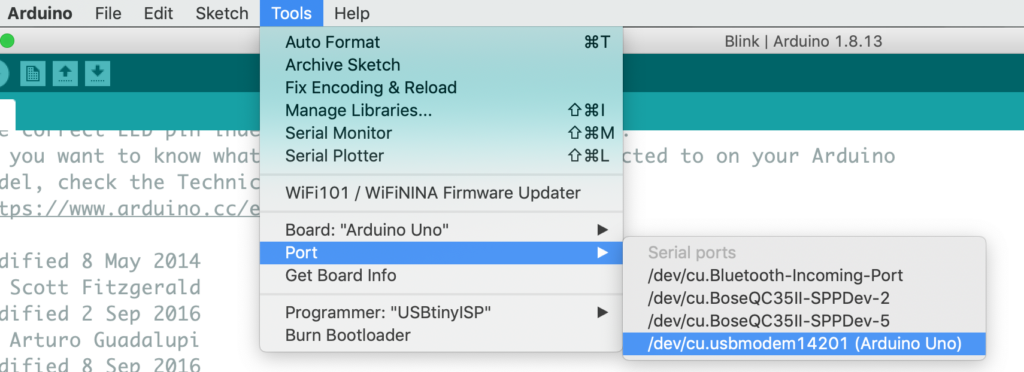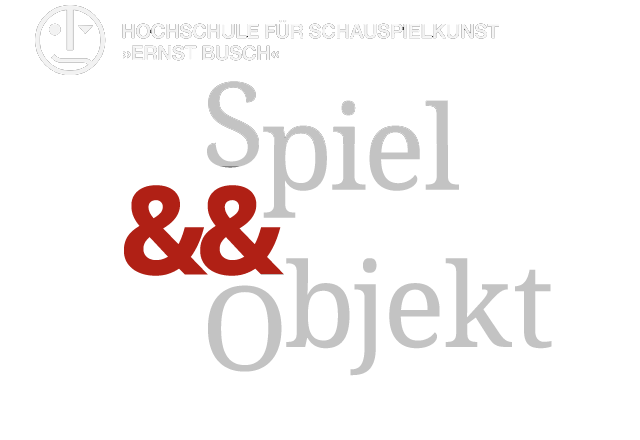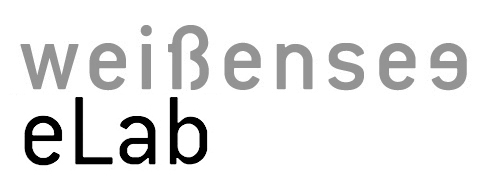When you first start working with Arudino, you can do the following to check if you computer connects with Arduino
Connect your Arduino with your computer through USB cable. Open your Arduino IDE (download from here), and open blink example sketch from File/Examples/Basics/Blink. It will open a Blink sketch window

From Tools/Board choose Arduino Uno as the board you have are Arduino Uno. In future, if you use other types of Arduino boards, choose the ones accordingly. If you do not see them listed here, you can go to board manager and install the required file from internet.

Now from Tools/Port, choose the port your Arduino is connected.

Now press “upload” button, placed on the left top corner. It looks like arrow. When you press, it says on the bottom section “compiling sketch…” “uploading…” and “Done uploading”. If you see the small LED on the Arduino board blinking, your upload was successful. Your computer is connecting with Arudino.
Now if you want to further exercise, try to change the Blink sketch code so that your Arduino’s LED starts to blink faster. Upload your modified sketch and see if it blinks faster.








Leave a comment